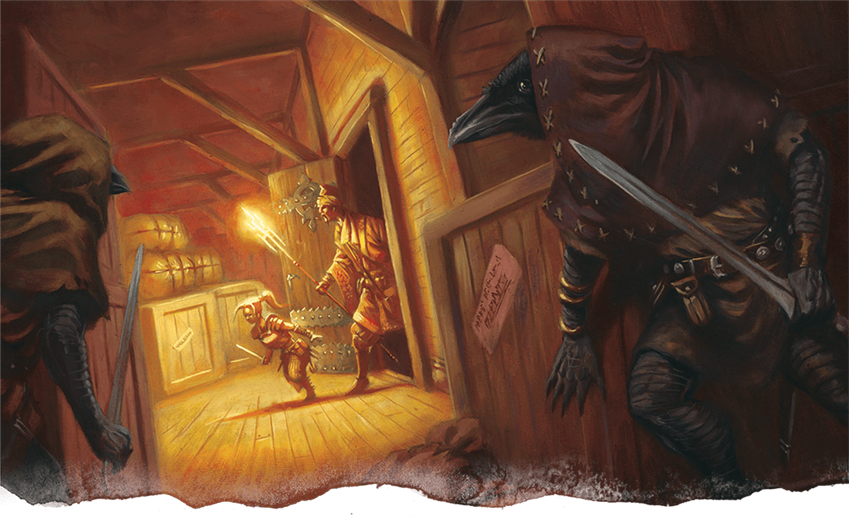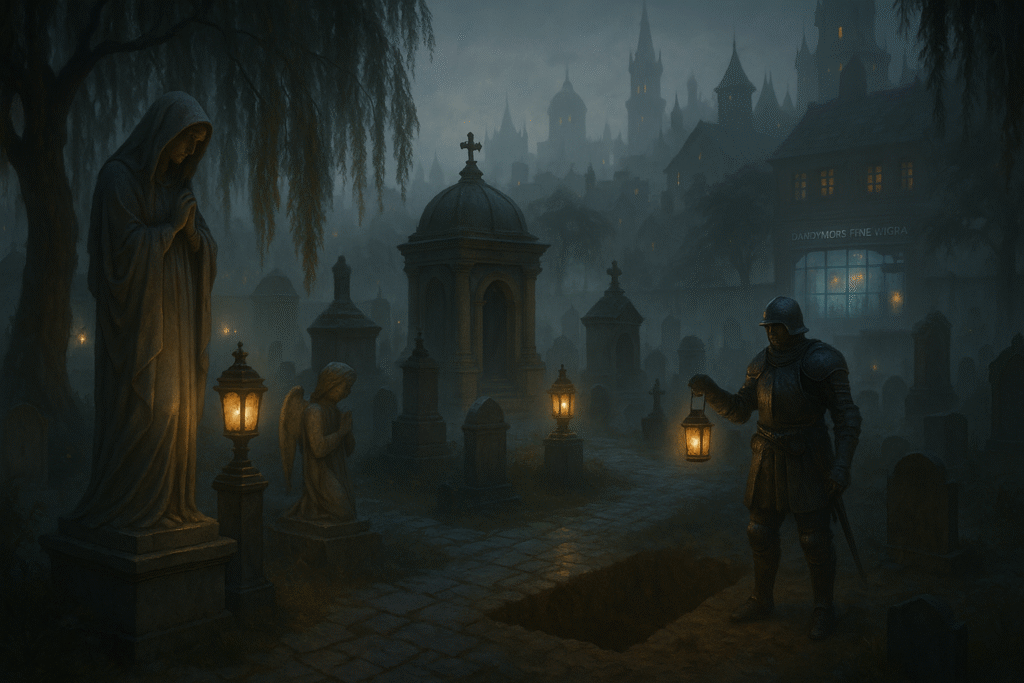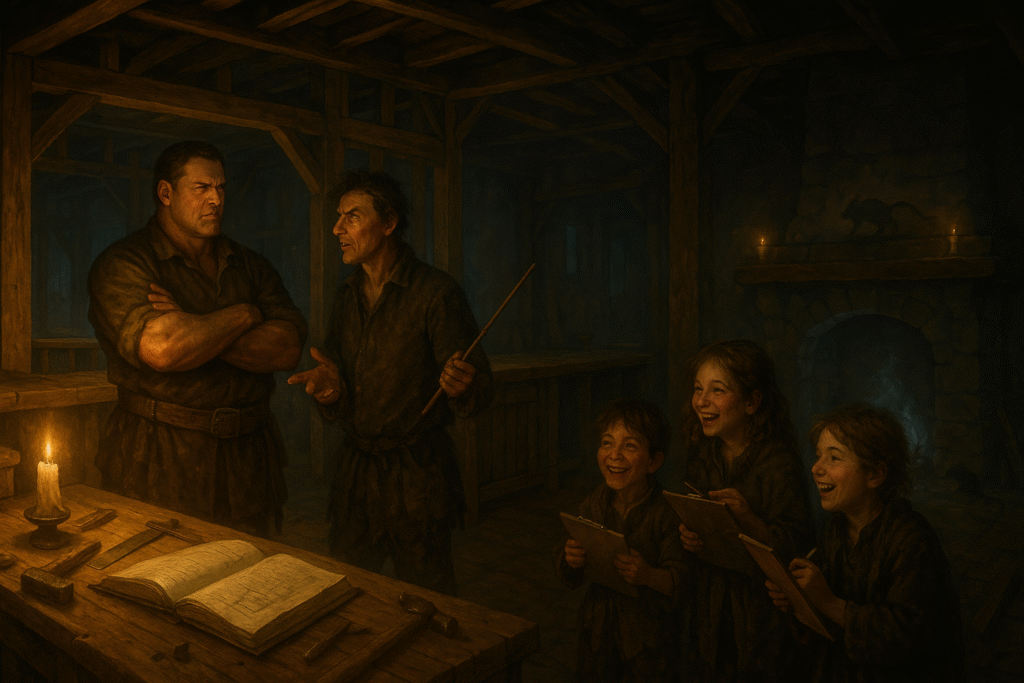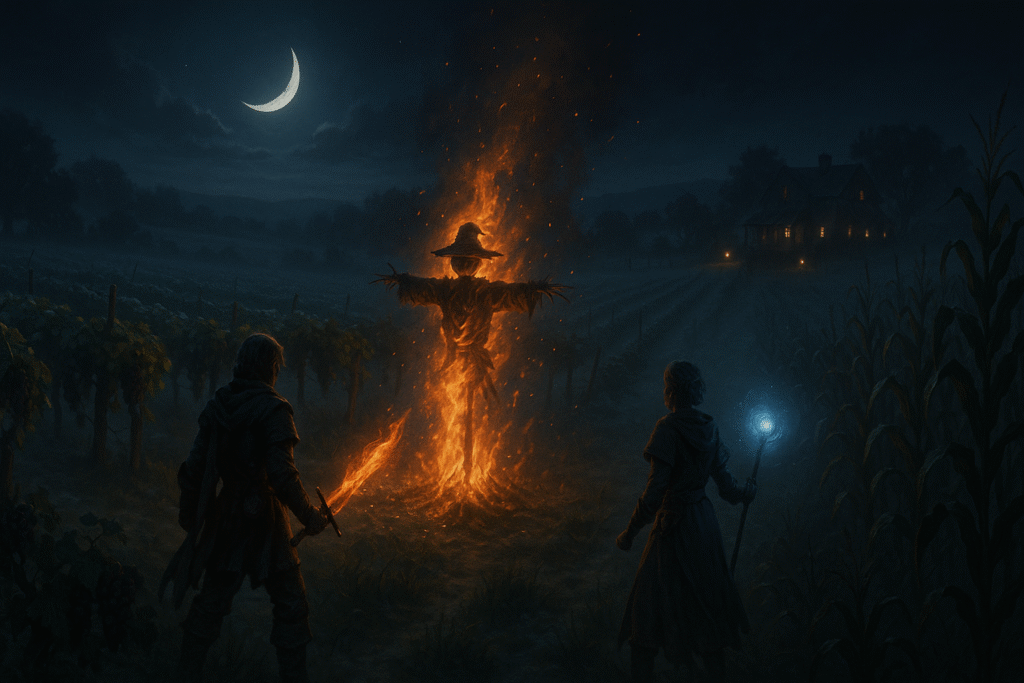Session 6: Zhentarim Hideout

Beneath the Surface – Planning and Running the Zhentarim Hideout
There’s a moment every Dungeon Master waits for—when the laughter fades, the dice hit the table, and the party goes silent as they realize something serious is going down.
That was Session 6.
This session was the culmination of a few sessions’ worth of tension-building. My players had just wrapped up a rowdy bar crawl-turned-brawl and were chasing down leads on the growing presence of Zhentarim agents in the Dock Ward. It was time to give them answers—but not all of them. Just enough to raise the stakes and draw them deeper into Waterdeep’s criminal web.
The Plan Behind the Curtain
The premise was simple: introduce a Zhentarim hideout that hinted at the faction’s growing schism. In the Alexandrian Remix, we’re told Davil Starsong’s crew is more business-minded, while a splinter group led by Urstul Floxin has gone rogue. This hideout would be their first real brush with that divide.
I structured the session into three phases:
- Reflection & Roleplay: Let the players relive the chaos of the bar brawl and milk it for character growth and table laughs.
- Investigation: A low-stakes, high-reward segment for players who enjoy gathering intel, tailing suspects, and connecting dots.
- Infiltration & Combat: A dynamic, modular hideout with patrolling guards, multiple entrances, and optional areas to explore or bypass.
I wanted them to feel like the world was alive—like the Zhents weren’t just waiting around for heroes to arrive.
Execution: Letting the Players Lead
One thing I’ve learned from this group is: they shine brightest when I give them space to improvise.
So I leaned into that.
They argued about whether to sneak in or bust the door down (classic Doc), interrogated a dockworker in exchange for warm towels (Raven was not impressed), and eventually settled on a semi-stealthy approach.
Once inside, they encountered the hideout’s defenses: guards, traps, a low-level spellcaster, and crates filled with contraband. I’d built in optional lore pieces—coded messages, Zhent tattoos, a prisoner’s journal—some of which they found, others they missed. That’s okay. The point is, the world felt layered.
Combat hit hard. Everyone had a moment—Maple’s spells, Clover’s distractions, Kiril’s precise flanks, and Raven’s righteous fury. Doc, of course, kicked down a door.
What Worked
- Player Freedom: They had real agency in how they approached the hideout, and it paid off.
- Faction Depth: Dropping hints about Urstul Floxin and rogue Zhents added intrigue and set up future conflict.
- Balanced Spotlight: Each player contributed in meaningful ways, both in and out of combat.
Lessons Learned
- Don’t Overload the Dungeon: I left a few rooms vague on purpose, ready to improvise based on player choices. That worked better than over-prepping.
- Infiltration Requires Clarity: Next time, I’ll offer clearer descriptions about lighting, guard movement, or sound cues—they were smart enough to ask, but I could’ve prompted more.
- Let the Drama Breathe: The towel scene was improvised, and it became a highlight. Always leave room for character beats to emerge organically.
What’s Next?
Session 7 will see the consequences of this raid unfold. The City Watch might show up. Davil will definitely hear about it. And somewhere in the shadows, Urstul is already planning his next move.
Whether you’re a DM or a player, I hope this gives you a peek behind the curtain at how narrative, character, and mechanics come together to make a session unforgettable. Planning is important—but so is letting go and trusting the story you’re building together.
Until next time, keep your dice lucky and your secrets dangerous.


